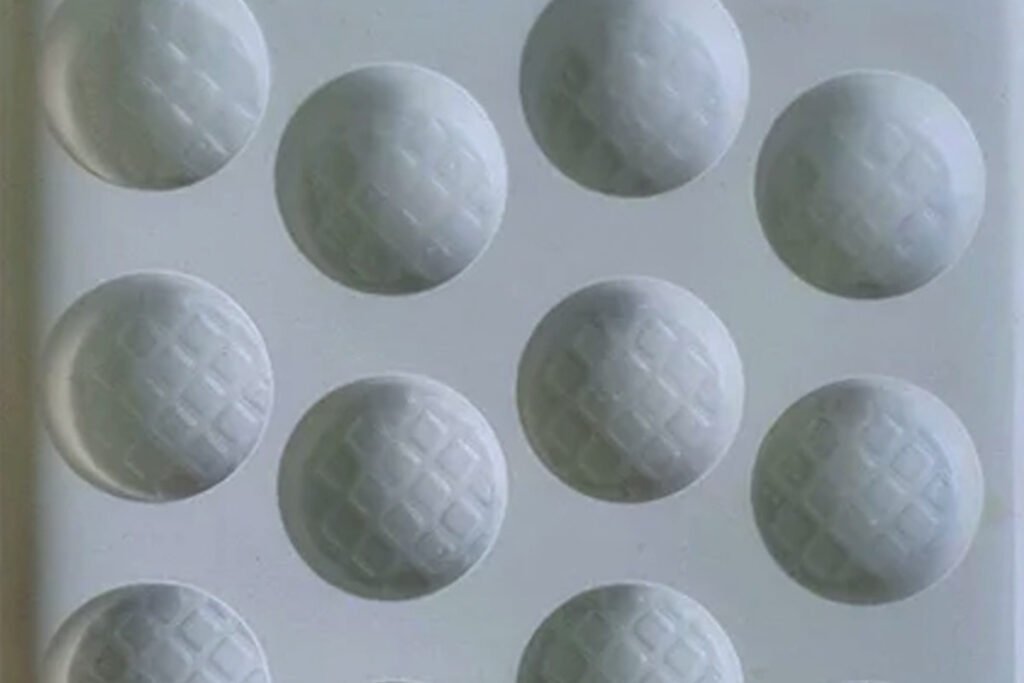Choosing the right manufacturing process is critical for your project's success. Both vacuum forming and injection molding can create amazing plastic parts, but using the wrong one leads to blown budgets and compromised quality. I will help you make the right choice for your specific needs.
The choice between vacuum forming and injection molding depends on your project's complexity, production volume, and budget. Vacuum forming excels in cost-effective production of simpler, large parts, while injection molding is ideal for creating complex, high-volume parts with intricate detail.
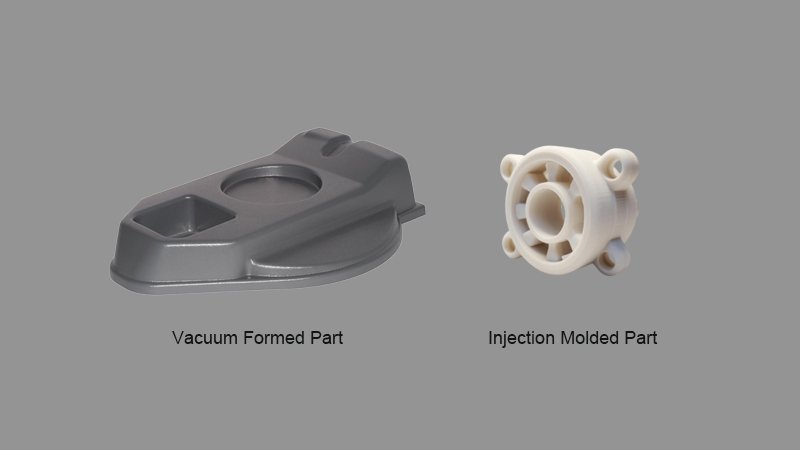
After a decade in the industrial equipment sector, I have seen how process selection directly impacts the final product. As a vacuum pump expert at Elitevak, I have a special appreciation for vacuum forming, a process where the right vacuum system is the heart of the operation. Let me guide you through an unbiased comparison to help you determine which method best suits your goals.
When Does Vacuum Forming Have the Advantage?
Thinking injection molding is always the superior choice? For many projects, vacuum forming is a smarter, faster, and more cost-effective solution. I will explain where this versatile process truly shines.
Vacuum forming has a significant advantage for projects with lower production volumes, large part sizes, and tight budgets, primarily due to its dramatically lower tooling costs. It is ideal for producing parts with simpler geometries like enclosures, trays, and equipment covers.
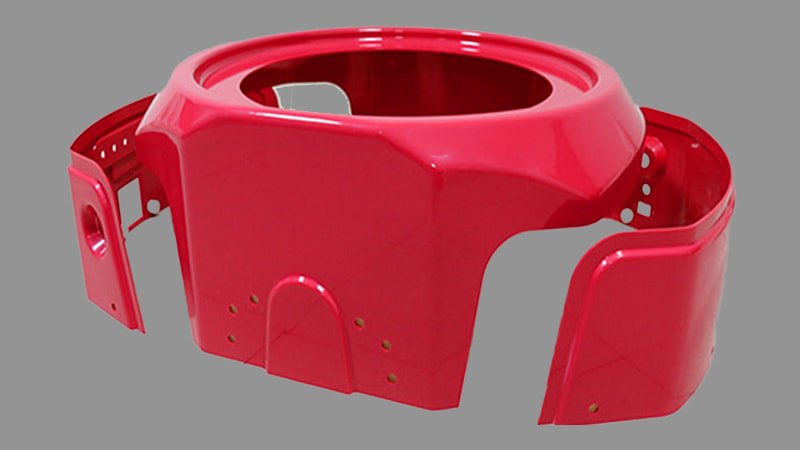
While injection molding is a manufacturing powerhouse, vacuum forming holds a strong advantage in several key scenarios. From my perspective, its primary strength lies in its economic efficiency for tooling and setup.
The molds for vacuum forming are typically single-sided and can be made from less expensive materials like aluminum or even wood for prototypes. This is a stark contrast to the complex, high-pressure, double-sided steel molds required for injection molding. This means your initial investment is dramatically lower, making it perfect for:
- Prototypes and Short Runs: If you only need a few hundred or a few thousand parts, the cost per part is much lower because you are not trying to amortize a massive tooling cost.
- Large Parts: Creating a large injection mold is incredibly expensive. Vacuum forming can easily produce very large, lightweight parts, like kayak hulls, vehicle dashboards, or equipment housings, far more economically.
- Speed to Market: The simplicity of the tooling means you can go from design to first part in a matter of weeks, not months.
The process itself is straightforward: a sheet of plastic is heated until pliable, draped over a mold, and then a vacuum pump evacuates the air between the sheet and the mold, pulling the plastic tight against its surface. The quality and speed of this process are highly dependent on the vacuum system's performance, which we will explore next.
Here’s where vacuum forming excels:
| Advantage | Description | Ideal Application |
|---|---|---|
| Low Tooling Cost | Molds are simpler and cheaper to produce. | Prototypes, low-volume production (<5,000 units) |
| Speed to Market | Faster from design to production part. | Projects with tight deadlines, rapid prototyping |
| Large Part Capability | Economical for creating large, hollow parts. | Enclosures, trays, automotive panels, signage |
| Material Flexibility | Can use a wide variety of thermoplastic sheets. | Projects requiring specific colors or textures |
How Do Vacuum Pumps Drive the Vacuum Forming Process?
Wondering what role a vacuum pump plays in creating a perfect vacuum formed part? The pump is not just an accessory; it is the engine of the entire process. I will explain how its performance dictates your results.
In vacuum forming, the vacuum pump rapidly evacuates air from between the heated plastic sheet and the mold. Its performance, defined by pumping speed (CFM) and ultimate vacuum level, directly determines the part's detail, accuracy, and cycle time. A robust pump is essential for quality.
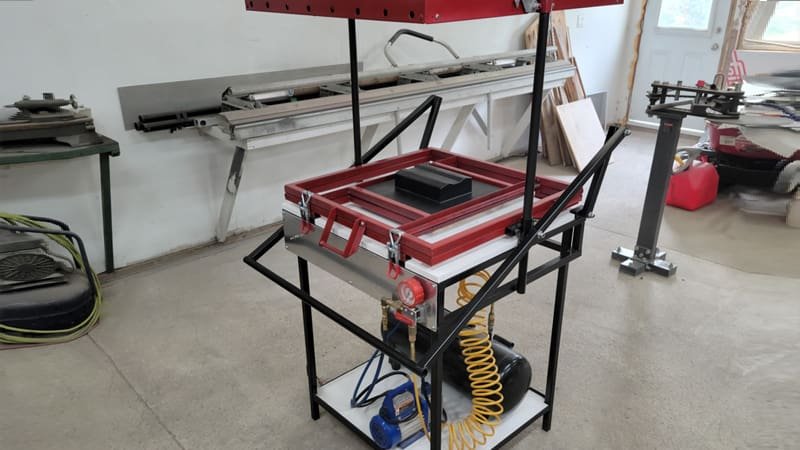
As a vacuum pump specialist, this is where my expertise truly comes into play. The vacuum pump is the heart of the vacuum forming machine. Its job is to create a pressure differential that forces the pliable plastic sheet onto the mold surface with precision. The two most critical pump parameters are pumping speed and ultimate vacuum level.
Pumping Speed (measured in CFM - Cubic Feet per Minute): This determines how quickly the air can be removed. For large parts or thin materials that cool rapidly, a high CFM pump is essential. If the air is evacuated too slowly, the plastic will start to cool and harden before it has been fully formed against the mold, resulting in rounded corners, loss of detail, and inconsistent wall thickness.
Ultimate Vacuum Level (measured in inches of Mercury - "Hg): This determines how much pressure can be applied to the plastic sheet. A deeper vacuum (a higher "Hg number) exerts more atmospheric pressure on the sheet, forcing it into every sharp corner and fine detail of the mold. For parts requiring crisp logos or intricate textures, a pump capable of pulling a deep vacuum is non-negotiable.
For most industrial vacuum forming applications, oil-sealed rotary vane vacuum pumps are the workhorse. They offer an excellent balance of high pumping speed and deep ultimate vacuum, making them reliable and cost-effective. The pump is typically connected to a vacuum accumulator tank, which stores vacuum and allows for the instantaneous evacuation needed to "snap" the plastic onto the mold. Choosing the right pump is a critical decision that directly impacts the quality and efficiency of the entire operation.
Here's how pump performance affects the final part:
| Pump Parameter | Impact on Vacuum Forming | Consequence of Poor Performance |
|---|---|---|
| High Pumping Speed (CFM) | Rapidly evacuates air before plastic cools. | Loss of detail, rounded corners, webbing. |
| Deep Ultimate Vacuum ("Hg) | Forces plastic into fine details and sharp corners. | Incomplete forming, poor texture replication. |
| Reliability | Ensures consistent vacuum for every cycle. | Inconsistent part quality, high scrap rate. |
When is Injection Molding the Superior Choice?
Is your project demanding complex shapes and massive production volumes? In these scenarios, the power and precision of injection molding are unmatched. I will explain when it is the only logical choice.
Injection molding is the superior choice for high-volume production runs (tens of thousands to millions) of complex, solid parts with intricate features like ribs, bosses, and varying wall thicknesses. Its high initial tooling cost is justified by an extremely low cost per part at scale.
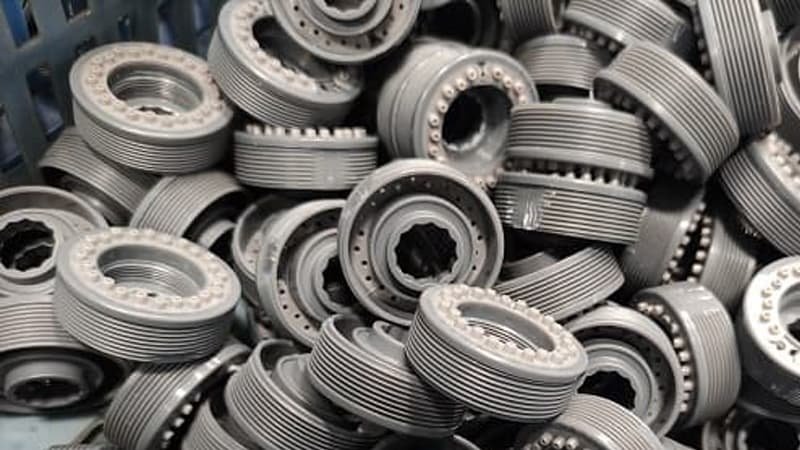
While vacuum forming is excellent for many applications, injection molding is the undisputed king of high-volume, high-complexity plastic manufacturing. Its capabilities go far beyond what vacuum forming can achieve.
The primary advantage of injection molding is its ability to create highly complex and detailed parts. The process involves injecting molten plastic under immense pressure into a precision-machined, two-sided steel mold. This allows for the creation of intricate features on both sides of the part, including:
- Solid components (not just hollow shells)
- Varying wall thicknesses
- Internal ribs and support structures
- Threaded bosses for screws
- Snap-fit features
This level of detail is impossible to achieve with vacuum forming, which is limited to forming a sheet over one side of a mold.
The second major advantage is scalability and low cost per part. Although the initial investment in a steel injection mold is very high (often tens of thousands of dollars or more), the automated process can produce parts in seconds. When you are making hundreds of thousands or millions of parts, the cost of that mold is spread out, making the final cost per piece incredibly low. This is why almost every mass-produced plastic item, from bottle caps to LEGO bricks to electronic housings, is injection molded.
Here’s when injection molding is the clear winner:
| Advantage | Description | Ideal Application |
|---|---|---|
| Part Complexity | Can create intricate details on all sides of the part. | Small, complex parts, components with internal features. |
| High Volume | Extremely low cost per part for large runs. | Mass production (>10,000 units), consumer products. |
| Precision/Tolerance | Can hold very tight dimensional tolerances. | Medical devices, precision electronic components. |
| Material Choice | Wider range of engineering-grade plastics. | High-strength or high-temperature applications. |
How Do You Choose Between Vacuum Forming and Injection Molding?
Feeling stuck between the low entry cost of vacuum forming and the high-volume power of injection molding? Making the right call is a crucial business decision. I will provide a clear framework to guide your choice.
To choose between vacuum forming and injection molding, analyze your project across four key areas: part complexity, production volume, material requirements, and budget. Your answers will clearly point to the most logical and cost-effective process for your specific needs.
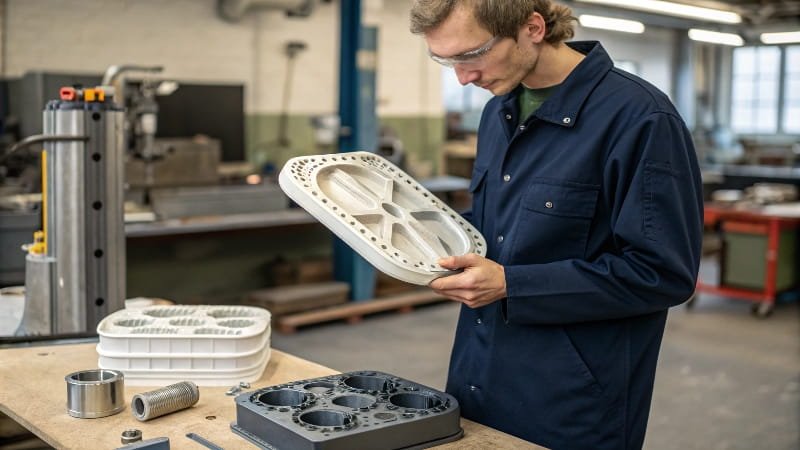
Choosing the right process is a strategic decision that balances cost, quality, and volume. I guide my clients through this decision by asking them to evaluate their project against these four critical questions.
1. How complex is your part?
- Is it a relatively simple shell, cover, or tray? Does it only need detail on one side?
→ Vacuum Forming is a strong candidate. - Does it have complex internal features, ribs, varying wall thicknesses, or threaded bosses?
→ Injection Molding is necessary.
2. What is your expected production volume?
- Are you making a prototype or a few hundred to a few thousand parts?
→ Vacuum Forming is far more cost-effective due to low tooling costs. - Are you planning a mass production run of 10,000, 100,000, or millions of parts?
→ Injection Molding's high tooling cost is justified by the extremely low piece price.
3. What are your material and finish requirements?
- Can your part be made from a standard thermoplastic sheet?
→ Vacuum Forming offers many options. - Does your part require a specific engineering-grade resin for high strength or temperature resistance?
→ Injection Molding offers a wider range of high-performance materials.
4. What is your budget and timeline?
- Do you have a limited upfront budget for tooling and need parts quickly?
→ Vacuum Forming is faster and has a much lower initial investment. - Do you have a larger budget for tooling and can wait for the longer mold-making process to achieve the lowest possible cost per part?
→ Injection Molding is the long-term play.
Here's a final decision-making matrix:
| Factor | Choose Vacuum Forming If... | Choose Injection Molding If... |
|---|---|---|
| Complexity | Part is a simple, hollow shape (e.g., a cover). | Part has intricate internal details (e.g., a gear). |
| Volume | You need fewer than 5,000 parts. | You need more than 10,000 parts. |
| Budget | Your tooling budget is under $5,000. | You can invest $20,000+ in tooling for a low piece price. |
| Speed | You need to go from design to part in a few weeks. | You have several months for tooling production. |
Final Thoughts
The choice between vacuum forming and injection molding is a strategic one. Vacuum forming, driven by reliable vacuum pumps, is the champion of cost-effective, large, and low-volume parts, while injection molding dominates high-volume, complex manufacturing. Choose wisely based on your project's unique demands.

